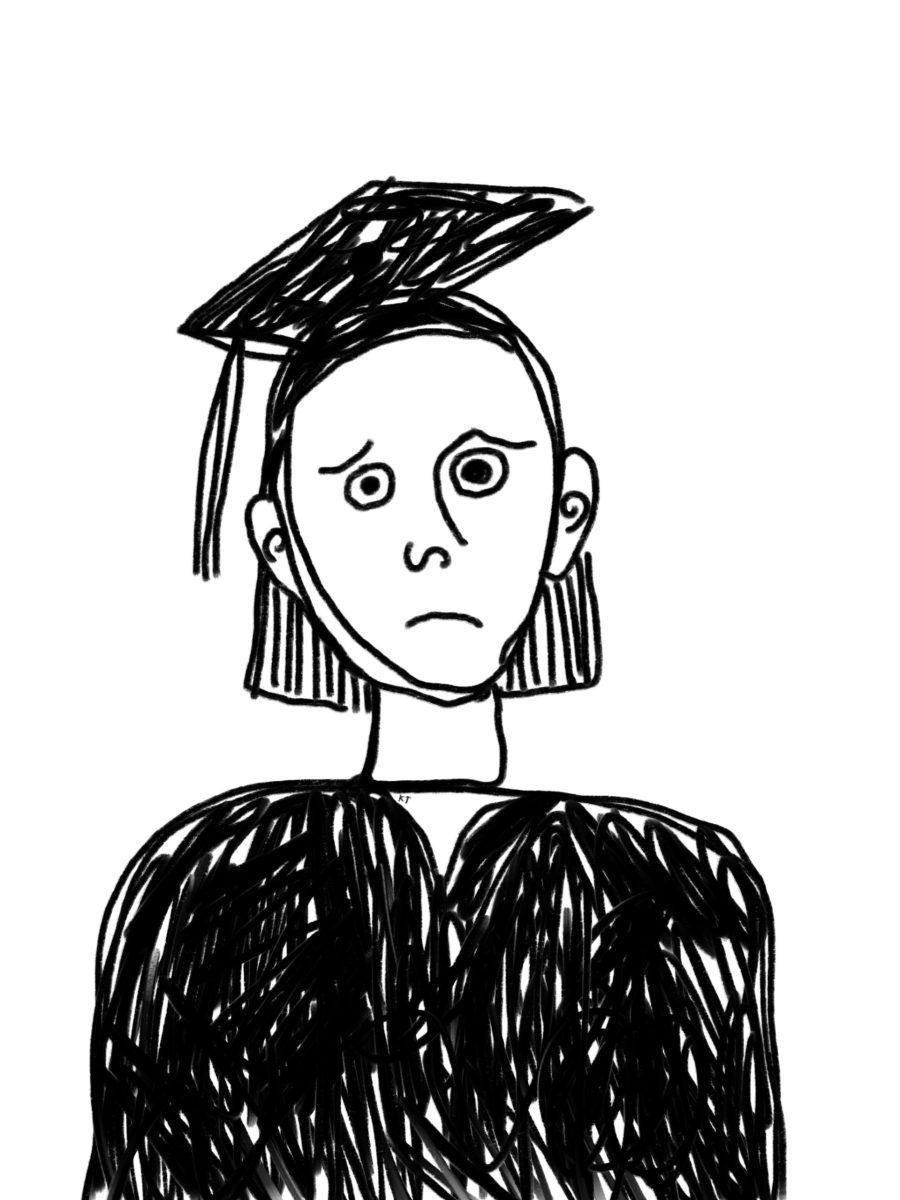If there wasn’t already enough evidence that higher education in the U.S. has serious issues, a new study published in the Journal of Labor Economics found that over 43% of Harvard’s students had certain privileges that aided in their acceptance.
These students fall under the umbrella term ALDCs: athletes, legacies (children of Harvard alumni), deans’ interest lists (students with school donors in their family), and children of Harvard staff. The numbers were also unbalanced across racial lines, with only 16% of African American, Asian American, and Hispanic students noted as ALDCs.
The advantages afforded to ALDCs are significant, as Harvard had its lowest recorded acceptance rate in 2021, admitting only 3.43% of applicants. These figures call this selectivity into question, as about three-quarters of the ALDC students would have been rejected if not for their connections. This is unfortunate timing for higher education, coming at the heels of the Varsity Blues scandal of 2019, which revealed affluent parents had pulled strings to get their children into schools with names as big as UCLA, USC, and Yale.
This scandal shines a light on the nepotism at the heart of America with “university and college name value,” which acts as a prize offered to a select, perhaps undeserving few, but provides incredible opportunity for graduates.
The late Supreme Court Justice Antonin Scalia encapsulated this name value bias perfectly in 2009 when he was asked how someone could become a law clerk under him. He stated that when he selects clerks, “I can’t afford a miss… so I’m going to be picking from the law schools that, basically, are the hardest to get into. They admit the best and the brightest… and if they come in the best and the brightest, they’re probably going to leave the best and the brightest.”
However, these Harvard numbers call Scalia’s theory on “the best and the brightest” into question. It might be more accurate to say prestigious schools accept the most privileged. Moreover, this way of thinking depicts students as static, with their value following graduation predetermined by their status upon acceptance. The importance of students finding the right fit in their school is thrown out the window, ignoring important factors such as school size, location, and student demographics, which make institutions the right learning environments for different kinds of students. This ideology creates a culture where name value and reputation rule the day.
Unknowingly, Scalia went on to disprove his own theory as he recalled that a non-Ivy clerk named Jeff Sutton, appointed by another justice, was one of the best he’d ever had. Yet he insisted “I wouldn’t have hired Jeff Sutton. For God’s sake, he went to Ohio State.”
This perception that certain universities are superior to others fuels these admissions problems. It incentivises reaching these prestigious institutions at all costs, which only a select few can do. In the same breath, it also limits the opportunities of qualified individuals who were not privileged enough to attend an Ivy league school.
When presented with this Scalia-dilema, author Malcolm Gladwell floated an interesting solution. After graduation, job candidates should be unable to share their alma mater name with employers, completely taking the institution out of the equation. The skills of a candidate are what really matter, and without school prestige in play, their real qualifications would be on full display. While not completely practical, this kind of change would push us in the right direction. If Harvard truly produces the best and the brightest job candidates, that should be evident without the university’s name on their resume. More creative ideas like this are needed to generate conversation about how we want to define higher education in the US.
Sean Rogers is from
Osceola, Wisconsin.
His major is biology.



